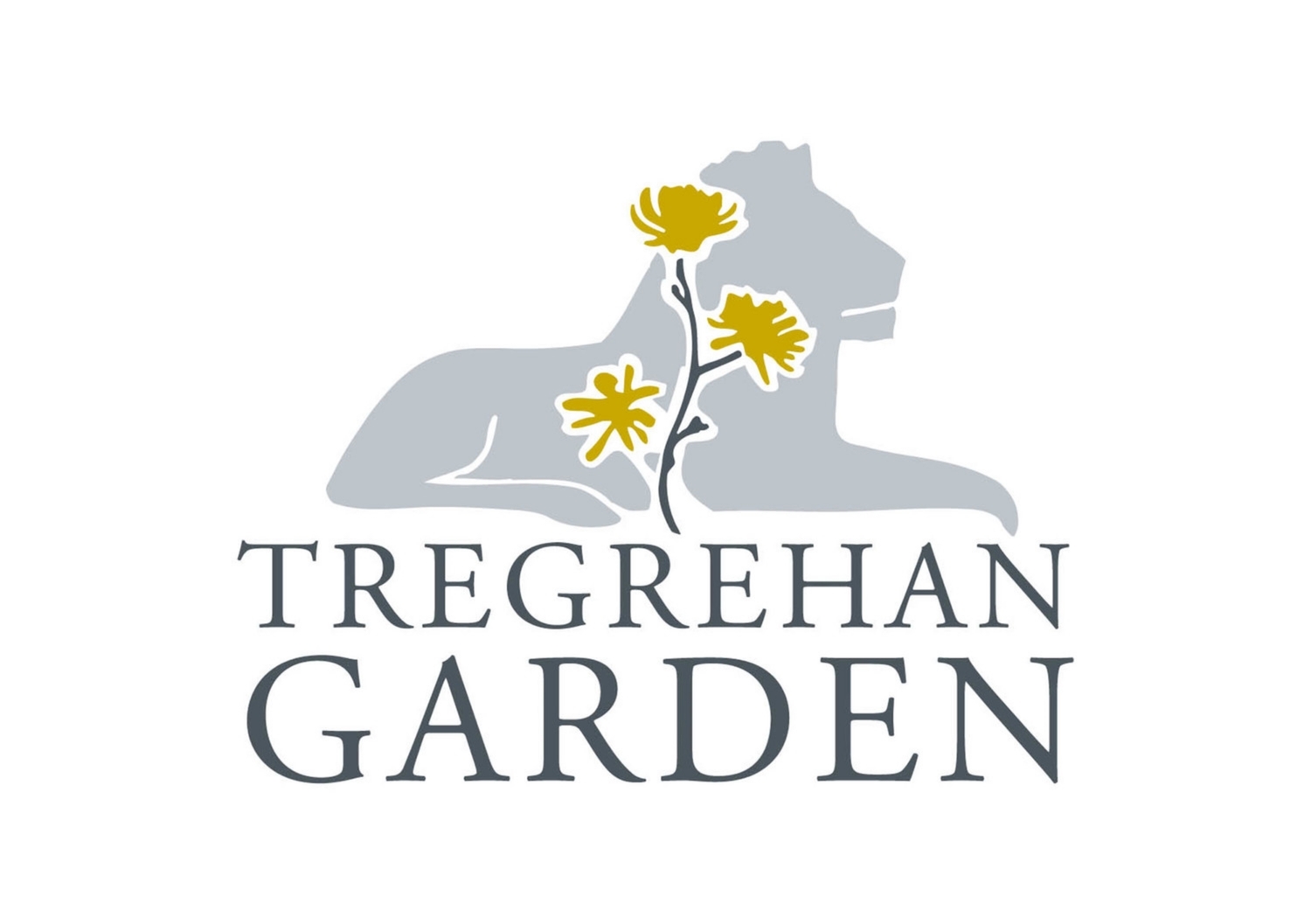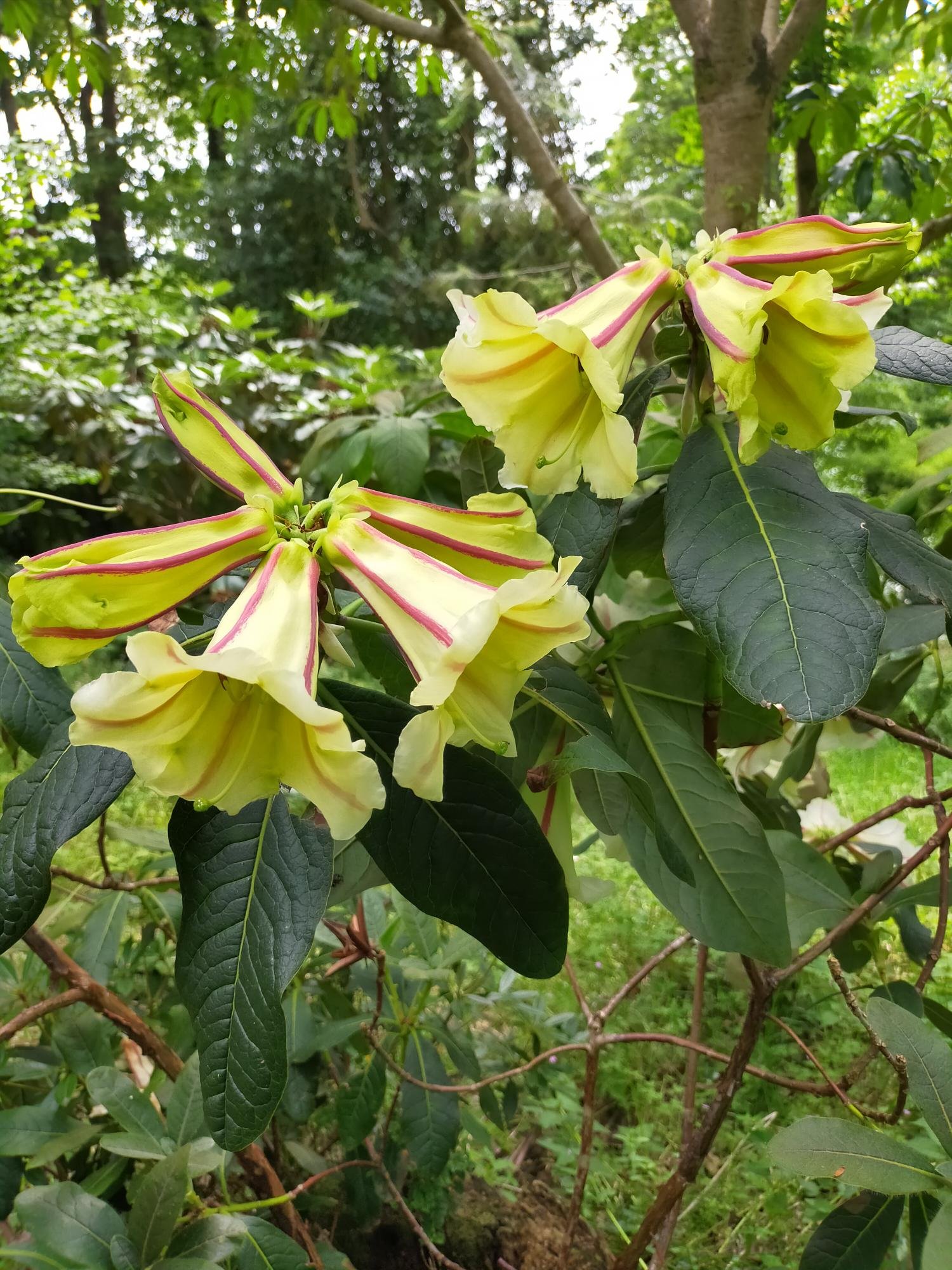I’m afraid that I havent had much time or energy to post much recently. Now that we have had at least a rain splash and temperatures have dropped back to normal the garden is looking slightly more refreshed. There is one tree that has looked magnificent right through July and August though and it is pictured here before any recent rain. The large leaves up to a couple of feet long haven’t looked like drooping or browning off to any extent at all. The late Peter Wharton did say that the trees he had growing in the UBC garden in Vancouver were always strong in an extended dry spell, and this has proved to be the case here as well.
Bretschneidera is a Monotypic Tertiary relict tree and rarely encountered even though its range extends from Thailand/Vietnam into China and Taiwan. Having emerged early on in the evolutionary chain and withstanding extremes of climate and glacial periods over many Millennia may explain how it has brushed off this recent testing dry spell in Cornwall as a mere blip. As a cultural tip the root system has strong mycorrhizal associations within undisturbed warm temperate forests. So if anyone is lucky enough to receive a plant in a pot then its best to get it into a piece of ground fast where there is a deep mixed leaf layer amongst other trees. Thereby freeing it up from sterile mediums which humans have been interfering with and where it will die in a flash. This tree is about 25 years old now, but hasn’t shown any urge to flower yet as no doubt it is in for the long haul which is a shame (for me anyway) as the flowers are spectacular white/pink erect spikes as seen recently by some botanist friends in Nth Vietnam.
























